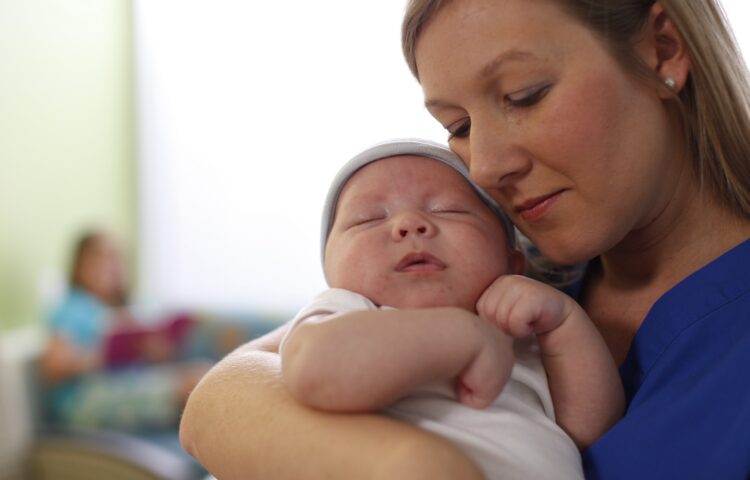Infantile spasms (IS) is a rare, but serious type of seizure associated with a unique, very abnormal brain wave pattern that can have a catastrophic effect on a young, developing brain.
What do these seizures look like?
These seizures can be subtle and consist of repetitive movements occurring in clusters. These movements are brief and consist of head drops or head bobs with brief jerks followed by flexion or extension in the child’s extremities. The eyes may widen and roll up.
How are they different from sudden startles?
These seizures typically occur in clusters of repetitive movements, often when the child is waking up from sleep. After these clusters, the child may cry or become irritable.
What are other symptoms that I may see?
At times, the child may cease to make further developmental gains, or have regression in their developmental milestones.
What age does Infantile Spasms tend to occur?
At any time during the first two years of life, most commonly between 5-7 months
What is the STOP mnemonic?
This is a tool developed by the Infantile Spasms Action Network (ISAN) to help increase infantile spasms awareness for parents and the community.
S: See the signs. Clusters of sudden, repeated, uncontrolled movements like head bobs or body crunching.
T: Take a video: Record the symptoms and talk to your doctor immediately.
O: Obtain diagnosis: Confirm an irregular brain wave pattern with an EEG test.
P: Prioritize treatment: End spasms to minimize developmental delays.
Is there a video where I can see examples of IS?
Yes! This link has some good videos about what IS can look like: Infantile Spasms Action Network – Child Neurology Foundation
Is infantile spasms epilepsy?
Yes, infantile spasms is a special type of epilepsy with unique brainwave findings. The initial treatment options to stop these spasms are different than other types of epilepsy.
Is it an emergency?
Yes! Pediatric Neurologists consider IS as a medical emergency. Prompt recognition, early diagnosis and appropriate treatment and management may affect long-term neurodevelopmental outcome for your child.
What should I do if I think my child has IS?
Call your pediatrician as soon as possible to get instructions on what to do next. Your child will need an expedited evaluation by a pediatric neurologist, and you may need to get admitted to the hospital to confirm IS.
What will happen if we get admitted to the hospital?
Your child will be evaluated by the pediatric neurology team and will get an EEG study to confirm the diagnosis. If infantile spasms is confirmed, the team will discuss with you what other tests are needed, and what is the most appropriate treatment for your child.
What causes infantile spasms?
There are many different potential causes for infantile spasms. However, despite extensive testing, in some children, there is no identifiable cause.
What can we expect for our child if IS is confirmed?
Most children with infantile spasms will have poor neurodevelopmental outcome, with poor cognitive disabilities and evolution to a different type of epilepsy. The underlying cause, if identified, provides the best prediction to the extent of disabilities, and the most modifiable factor to this outcome is early recognition and treatment. Your neurology team here at Nemours will partner with you to ensure the best quality of life for your child as we walk on this journey together.



